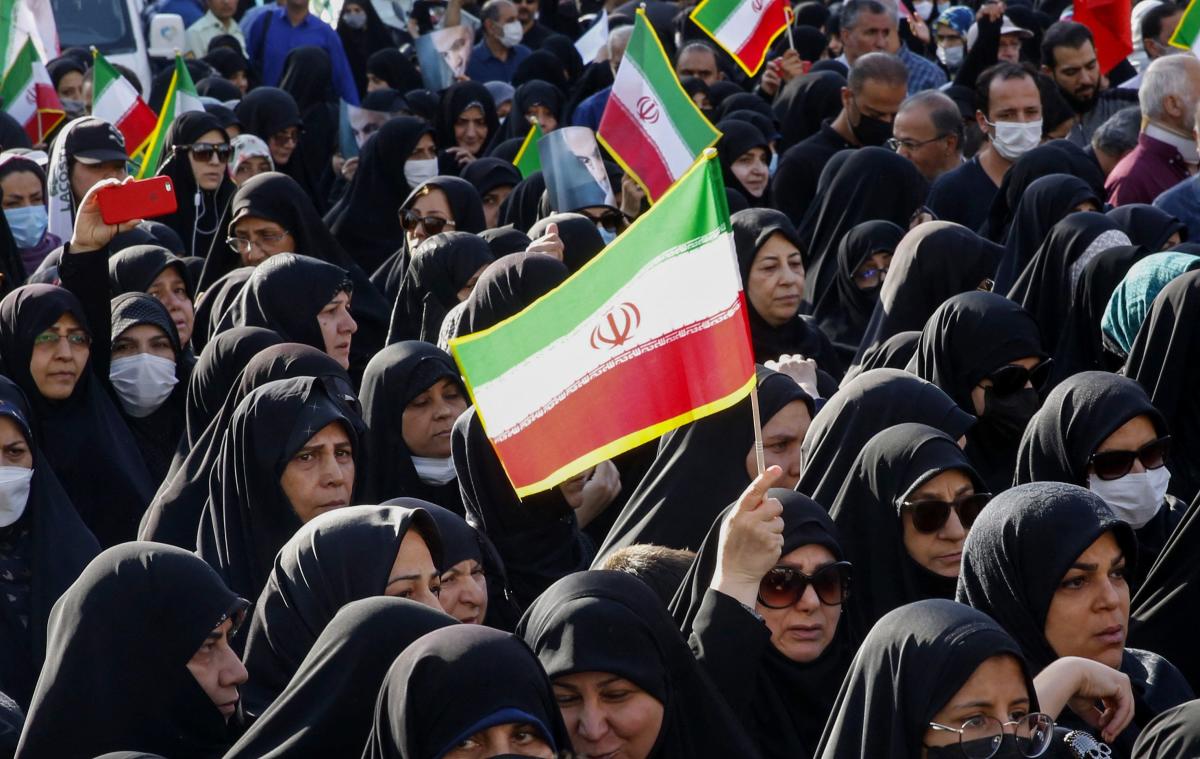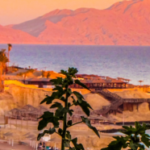
(Bloomberg) — Protests in Iran swelled with a fresh wave of demonstrations as traditional 40-day mourning ceremonies for people killed by security forces over the past month brought thousands of people into the streets, reigniting fury at the government.
Most Read from Bloomberg
Multiple unverified videos shared on Twitter showed large crowds of people demonstrating and marching through the streets of Karaj, a busy commuter town on the outskirts of western Tehran, to mark 40 days since the death of 23-year-old protester Hadith Najafi.
In the town of Fouladshahr, a steel-making industrial hub on the outskirts of the central city of Esfahan, thousands of people can be seen in videos filling streets and shouting slogans condemning the Islamic Republic’s clerical regime. They were marking the death of 19-year-old Mahsa Mogoei
Large gatherings were also shown in the town of Amol in Iran’s northern province of Mazandaran where people were marking the death of Ghazaleh Chalabi.
None of the footage can be verified by Bloomberg.
The 40-day mourning rites, a traditional ceremony in Iran, have helped buoy the uprising since last week when tens of thousands of people marked the ceremony for Mahsa Amini, the 22-year-old woman whose death in police custody on Sept. 16 sparked some of the biggest unrest in Iran since 1979.
With deaths of protesters mounting and the security forces continuing their crackdown, it’s likely that the 40-day mourning rituals will continue to drive a cycle of unrest for weeks ahead. The Oslo-based Iran Human Rights said Wednesday that at least 277 protesters had been killed by security forces including 40 children.
The latest examples of police violence have prompted outrage on social media. Iran’s judiciary also announced the start of the first public trials of protesters, at least nine of whom face serious charges that carry the death penalty. Overall, some 1,000 people have so far been indicted by Iran’s judiciary, state media reported on Monday.
Washington-based Human Rights Watch has condemned the arrests and police violence, warning of the prospect of sham trials against protesters, activists and journalists detained by authorities.
Among them is a popular Iranian rap musician Toomaj Salehi, a vocal supporter of the protests who encouraged his fans to support the demonstrations.
On Wednesday video footage broadcast on Iranian state TV showed him seated on the ground in an outside location blindfolded, speaking in a trembling voice. Looking beaten and disheveled, he’s heard saying “I made a mistake, I didn’t mean it.” Rights groups have frequently criticized the Islamic Republic for extracting forced confessions from political detainees for the purposes of broadcasting them on state media.
Another video that emerged earlier this week reportedly from a district of Tehran also triggered an outpouring of shock and anger at the Islamic Republic’s leaders. The clip shows about a dozen armed and uniformed security forces rounding on one man, beating him repeatedly with batons.
He’s then dragged into the driveway of a building while more police take turns beating him, one of them appears to drive over him with a motorbike. As he’s lying prone and motionless on the ground, another policeman walks up to him and shoots him with a shotgun at close range.
London-based rights group Amnesty International singled out the video as a “horrific reminder that the cruelty of Iran’s security forces knows no bounds” and urged the United Nations to investigate the violence.
Iran’s police said that they were looking into the incident, the state-run Islamic Republic News Agency said.
Most Read from Bloomberg Businessweek
©2022 Bloomberg L.P.



